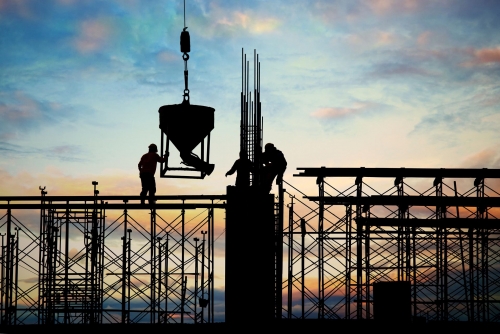

February 2016
When the drums of war become silent, the recovery and reconstruction task that will follow is expected to be huge, multi-dimensional, and will take long years. It will consist of 3-5 years of political, social and economic recovery, followed by some 15-20 years of reconstruction and development efforts.
Recovery involves political, social and economic dimensions. The first two dimensions involve agreeing on the system of governance, restoring security and stability, promoting social cohesion, re-connecting Governorates, providing temporary shelter for displaced returnees, integrating former combatants into society and economy, and last but not least, delivering relief and humanitarian assistance. Economic recovery, the third dimension, involves restoring livelihood and resuming basic services, as well as conducting macro and micro policies to jumpstart the economy, create jobs, energize the private sector, and bring back Syrian capital and skills. This, in addition to capacity building efforts at the level of both public and private sectors as well as civil society and managing incoming external technical and financial assistance.
Reconstruction which will start slow and gains momentum after the first few years involves the rehabilitation of war-devastated sectors and building for the country’s future development. Infrastructure and housing have been the most affected sectors during the crisis and their reconstruction and rehabilitation will create most jobs. This will help cope with the huge unemployment problem that reached some 50% up to the present and will help the absorption of displaced persons and ex-combatants into the economy and society.
Experience of countries emerging from conflicts indicate that recovery and reconstruction could be associated with some negative consequences including: 1) increased imports to meet people’s needs and the requirements of business and industrial rehabilitation; 2) increased fiscal deficit; 3) skyrocketing prices and wages; and 4) a decline in local currency exchange rates, among others. The latter on the other hand, could have the positive effect of leading to more exports, attract expatriate capital, and revive the tourist sector.